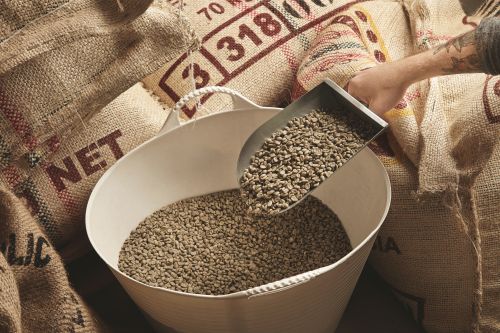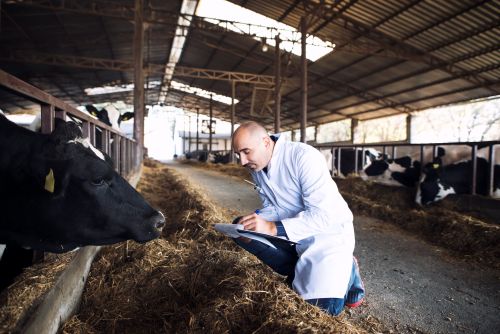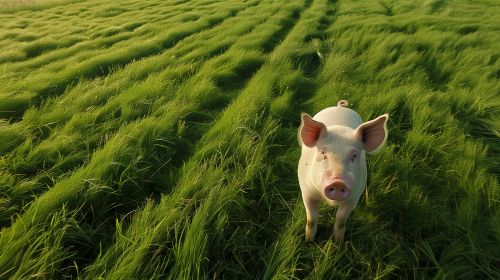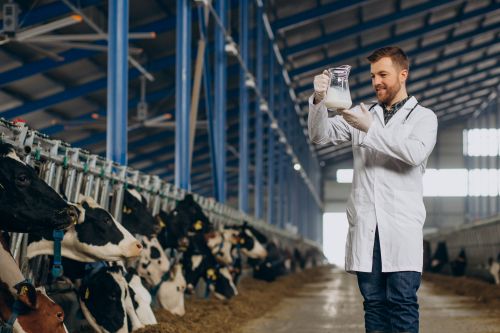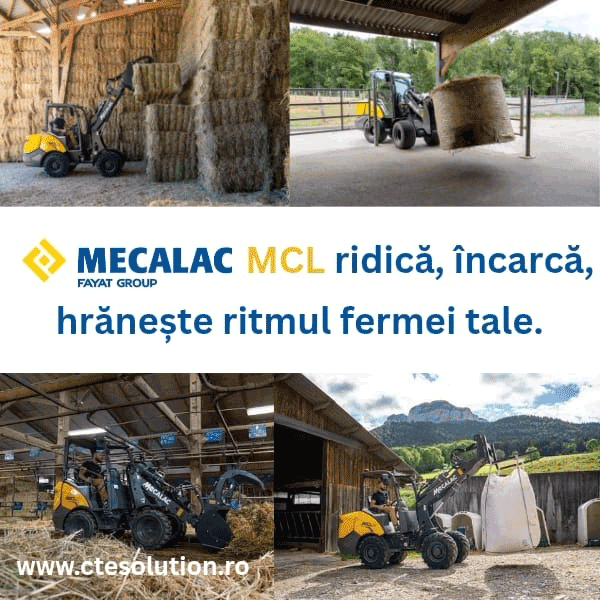699

Agroecology: Integrating Sustainability and Nature into Agricultural Practices
Agroecology, a means of integrating sustainability and nature into agricultural practices, does not have to come at the expense of crop yields—provided the right data and expertise are applied, notes AgTechNavigator.
Application of Principles
Agroecology essentially involves applying ecological and social principles to agriculture and food systems. It is often exemplified by introducing natural flora into farmlands to enhance sustainability—for example, incorporating patches of tropical forest within palm oil plantations.
This practice is also believed to have a positive impact on crop yields due to the presence of natural fauna within the natural flora, including predator species that can target crop pests.
"Experts generally suggest that at least 10% of semi-natural or natural habitats should be present in intensive agricultural landscapes to meet sustainable production goals and the objectives of the Global Biodiversity Framework," said Professor Lynn Dicks of the University of Cambridge at the recent International Conference on Oil Palm and Environment (ICOPE) 2025.
The Utility of Biodiversity
"Our findings have indeed shown that biodiversity in natural habitats is superior to that in agricultural landscapes. Furthermore, within agricultural landscapes, biodiversity tends to be better in agroecological environments compared to agrochemical ones.
"We have observed this in multiple geographical regions, including India, Indonesia, and China. Additionally, even the small patch strategy—where small areas of native vegetation are planted within plantations or farms—can offer not only environmental benefits but also yield improvements."
Prof. Dicks cited case studies from Indonesia, where patches of palm oil trees were removed and replaced with one to six different native tree species, accounting for approximately 5% of the total plantation area.
"Results showed that plantations with these tree islands exhibited higher yields, particularly at the margins between the palm oil trees and the native trees, demonstrating that there can indeed be positive effects on palm oil production," she added.
"Another case study in China involved planting strips of flowers in peanut fields, where the flowers were selected to attract beneficial predator species such as ladybugs. Consequently, crop yields increased.
"These predator species tend to consume aphids, which are harmful to crops, leading us to believe that yields improved as a result of this strategy. What we can say with certainty is that replacing just 4% to 5% of farmland with agroecological practices did not generally lead to yield losses."
Working with Experts
However, Prof. Dicks emphasized that these agroecological strategies should be implemented in collaboration with the right experts and farmers rather than applied in an ad-hoc manner.
"At this point, a common question is whether replacing just 5% of farmland is sufficient. We do not yet know the full answer, but we do know that results can vary and have different impacts on crop yields, necessitating careful analysis and implementation," she said.
"Another study on rice-dominated landscapes in India showed that this strategy improved biodiversity but, unfortunately, led to lower crop yields—indicating that implementation in this context resulted in a loss of rice production.
"What this tells us is that different thresholds must be identified for different crops in various locations, and relevant markers must be closely considered to ensure no negative impacts."
Still a Better Option than Agrochemical Practices
That being said, she also affirmed that agroecological approaches have demonstrated standalone benefits compared to agrochemical ones.
"Profits from farms or plantations using agroecology were generally higher than those from agrochemical fields, showing that there is much to understand about this approach—from soil health to water usage and beyond," she added.
"The key takeaway is that, in theory, this technique is applicable as is, but in practice, it is not as simple as many might assume. It has the potential to produce food efficiently while maintaining high yields per unit area and enhancing biodiversity. However, it is not easy, and agroecological techniques require careful co-design and rigorous testing across all contexts.
